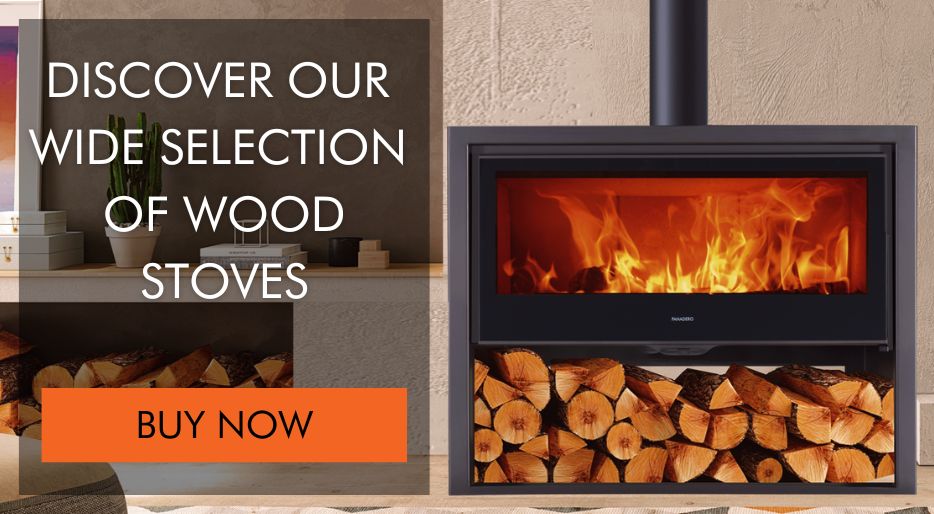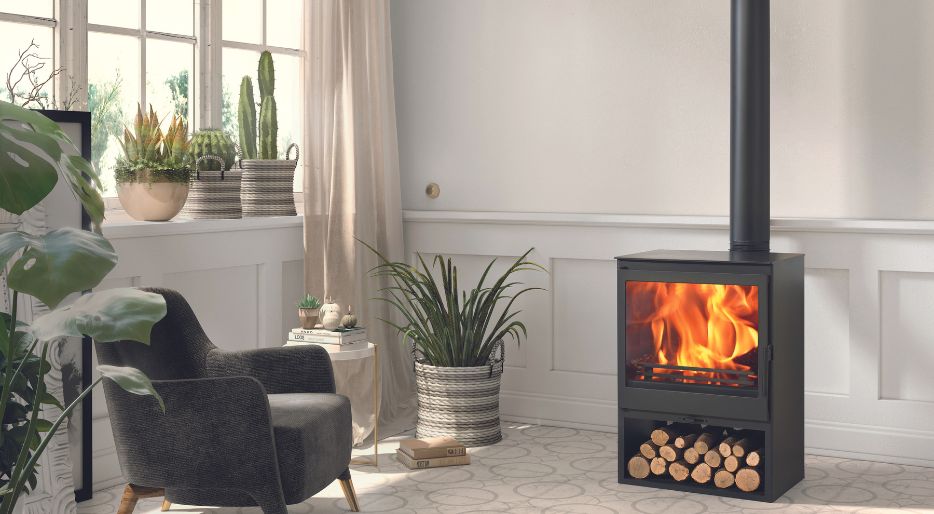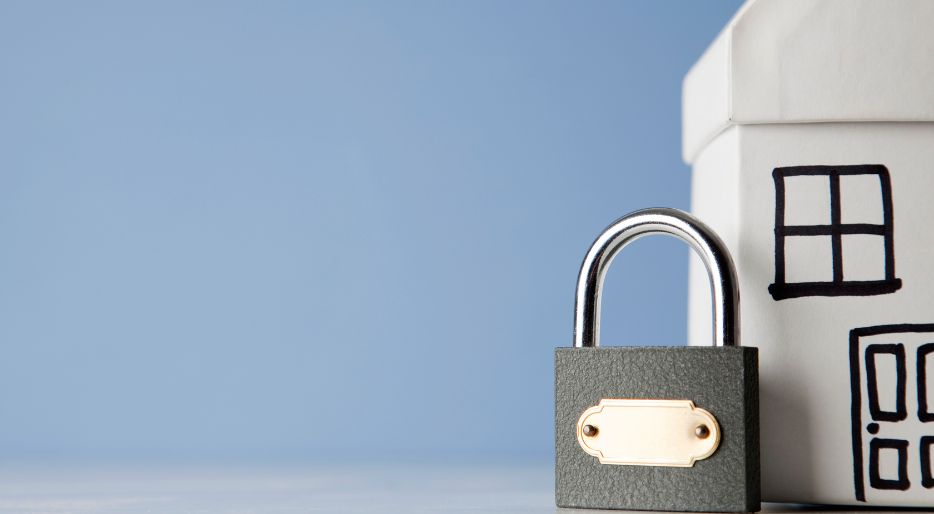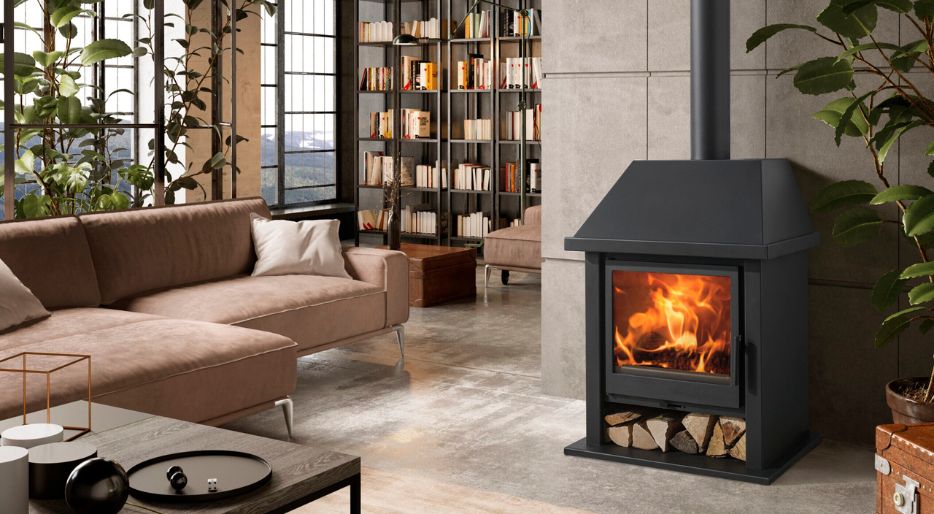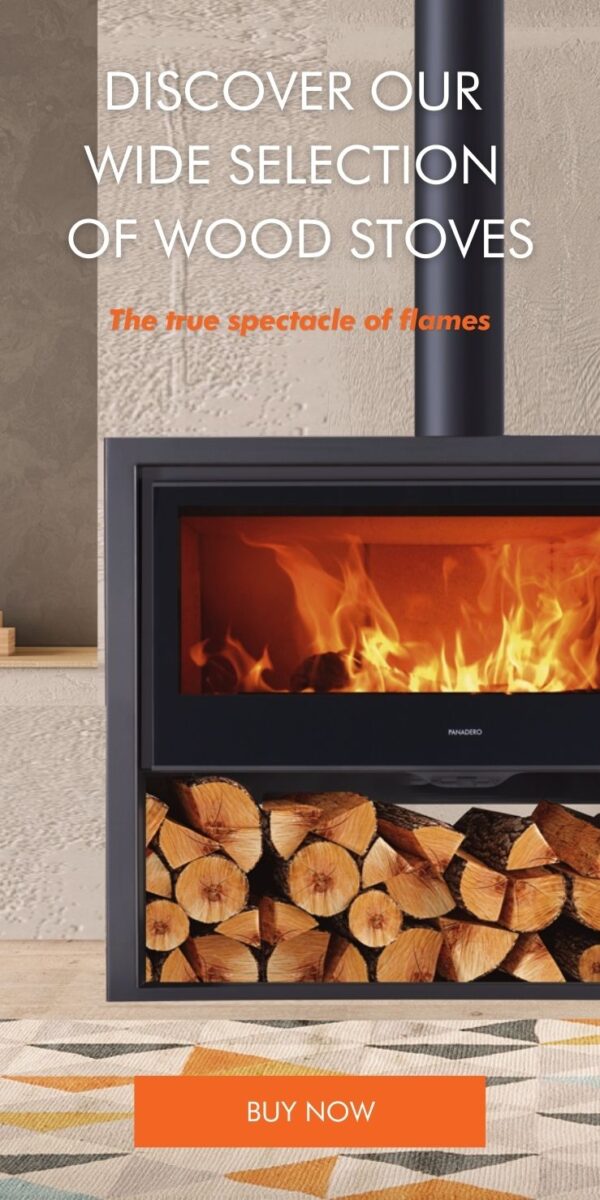The fireplace is one of the best ways to heat a home during the winter, but when it starts to belch smoke, it can become a major problem for your health and well-being. Not only can smoke be annoying, but it can also be dangerous if inhaled in large quantities. Fortunately, there are a few things you can do to fix the problem and achieve a smoke-free fireplace.
In this article, we will discuss common causes of chimney smoke revocation and solutions to resolve it. We will also offer you some tips to keep your chimney in top condition and avoid future problems, and advise you on the best wood stove manufacturers on the market.
Common Causes of Chimney Smoke Backdrafting
Chimney blockage is one of the most common causes of smoke backdrafting. This occurs when excessive creosote or dirt builds up, making it difficult for smoke to pass through.
Among the most common causes are: the use of low quality firewood, lack of maintenance, distance from the smoke outlet, among others. If a blockage is suspected, it is important to hire a professional to carry out a check to determine the exact cause of the problem.
How to detect a blockage
There are several signs that can indicate that your chimney is clogged. The most common are:
- Smoke coming out of the chimney when it is lit. If smoke is not coming out of the chimney properly and starts coming out the doors or windows, it may be an indication of a blockage.
- Difficulty lighting the fire. This occurs when more effort is required to light the fire or if it does not stay lit.
- Smoky odor.
- Creosote build-up in the chimney.
What to do if the chimney is leaking smoke?
Here are some tips to follow when you see that there is an obstruction or smoke backing up in the chimney.
Check the distance rules for the chimney outlet
It is essential to comply with the distances with respect to the neighbor’s chimney or obstacles (such as buildings, trees or any other obstacle that does not allow the air to flow properly). If the flue does not meet these standards, the smoke may have difficulty to exit properly and may start to backfire. In addition, the chimney pipes must be installed correctly.
This outside flue must extend beyond the highest part of your roof by at least 1 meter. This must be complied with as long as there are no obstacles within a radius of 5 meters.
When there are obstacles within a radius of less than 5 meters, this outlet must exceed the obstacle by at least 1 meter. This means that you must take into account both overpassing the highest part of the roof and also overpassing that obstacle.
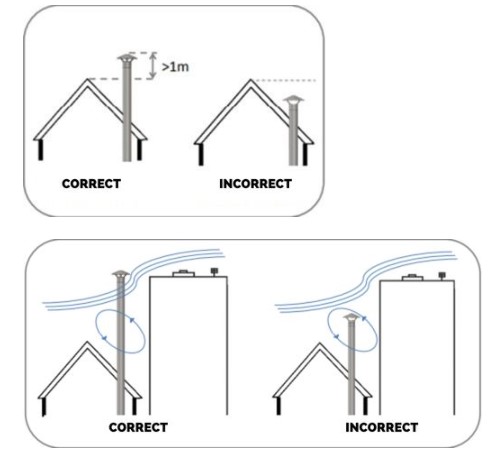
We recommend periodically reviewing the distance rules, as there may be changes in regulations or in the structure of the house that may affect the smoke vent.
Place an anti-revoking cap
Anti-flue flashing caps are placed at the end of the roof flue. Their function is to prevent the smoke from the smoke from adjacent drafts on the roof. They are also responsible for slowing down the passage of rain through the flue channels.
This device works by creating a physical barrier that prevents smoke from exiting the chimney in the wrong way. In addition, it can also help reduce the wind entering the chimney, which also helps prevent smoke backdrafting.
These devices are easy to maintain, as there is no need to grease their shafts. Its side wind protection system makes it one of the most comfortable cowls. It is advisable to hire a professional to carry out the installation of the anti-fog cap. It must comply with the rules and regulations established for its correct operation and to avoid problems of smoke revocation.
Use dry and non-resinous firewood
Dry firewood has a low moisture content, which means it burns more efficiently and generates less creosote. On the other hand, non-resinous firewood helps reduce creosote generation and prevent clogging.
On the other hand, if wet or resinous firewood is used, a greater amount of creosote and smoke is generated, which can clog the chimney and make it difficult for the smoke to escape, causing the flue to backfire. In addition, the use of this type of firewood can increase the risk of fires, since wet firewood is more difficult to light and to keep burning.
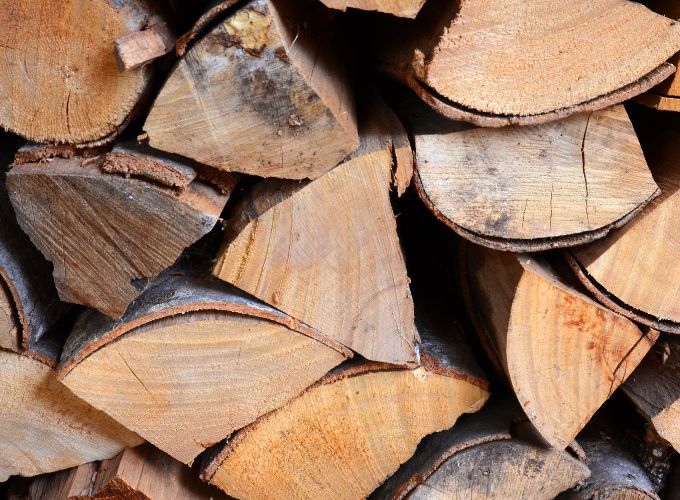
Review your maintenance routine
Any appliance of this type requires proper maintenance after each use. It is essential to remove ash residues and particles that have stuck to the vermiculite or cast iron.
In addition, you should check that the chimney flue is in good condition. For this reason, we recommend you read the posts “How to clean a chimney, prepare it for winter?” and “How to sweep a chimney?“, where we give you all the necessary tips and recommendations for the proper cleaning and maintenance of your appliance.
Other tips for a smokeless chimney
In addition to the above tips, you should keep in mind some others:
- You must perform the ignition of the appliance correctly. In this video we show you how to do it: Video here.
- The installation of the appliance must be done by a professional, complying with all the manufacturer’s installation tips. You can see our installation tips by clicking here.
- Do not use newspaper or any other material other than firewood and kindling.
- Do not use large logs. We recommend that you use logs in the shape of a triangle.
- If the problem comes from a neighboring chimney, require that the safety distances be checked.
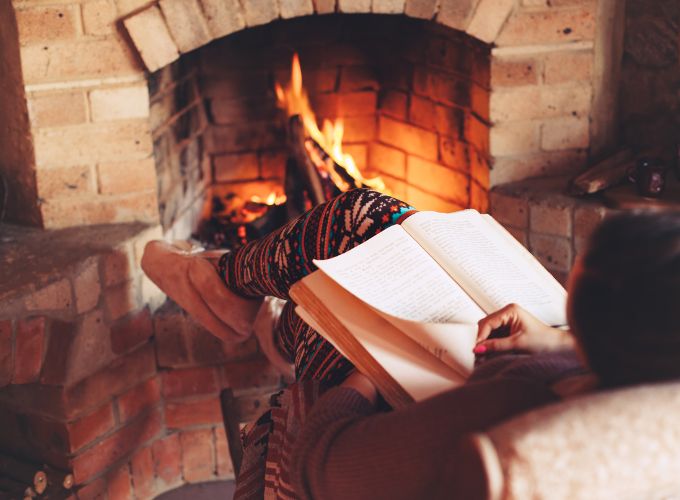
We hope this post has served as a guide. Take a look at our blog and find solutions and recommendations to help you with your fireplace or wood stove.
Visit our online store for Panadero wood stoves. If you have any questions or need help choosing the right stove, don’t hesitate to contact us. We will be happy to help you.
Articles of interest:
- How to channel the air from a wood-burning fireplace?
- Is it dangerous to leave a fireplace burning at night?
- Is it mandatory to have a fire extinguisher at home if I have a fireplace?
- Keys to make your wood stove more efficient
Did you like this article? If so, help us spread it 😊 . Click on the buttons below here and feel free to share it on your social networks!
Thank you for reading!
↓ ↓ ↓ ↓

